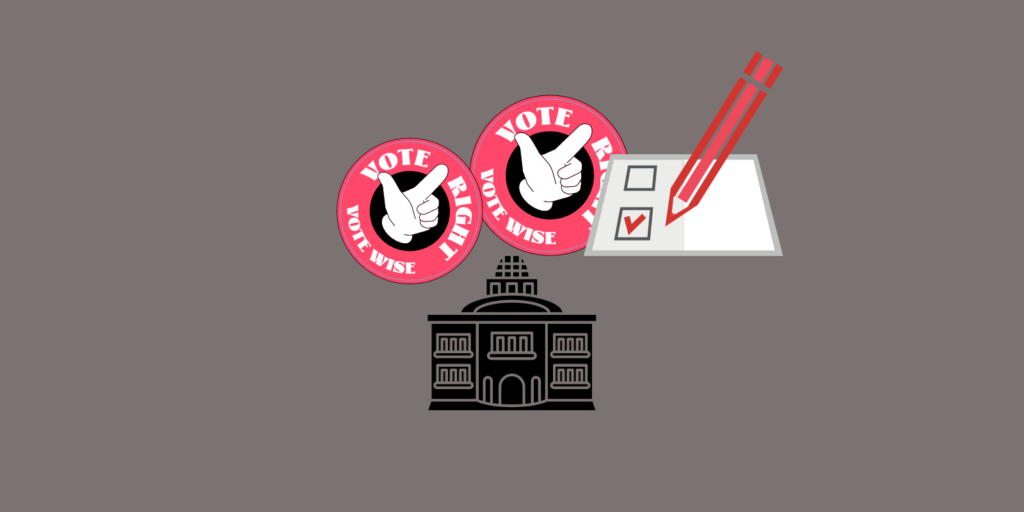
The Modi government has established a committee tasked with examining the ‘One Nation, One Election’ concept and preparing a comprehensive report for parliamentary deliberation, according to statements made by Parliamentary Affairs Minister Pralhad Joshi on Friday.
The government’s objective is to reinstate the previous electoral framework, wherein elections for the Lok Sabha and State Assemblies were conducted concurrently, a practice in place until the late 1960s. This commitment aligns with the Bharatiya Janata Party’s (BJP) 2014 election manifesto, in which they pledged to “engage in consultations with other political parties to develop a methodology for the simultaneous conduct of Assembly and Lok Sabha elections.” The BJP’s election manifesto emphasized that this approach, besides curbing election expenditures for political parties and the government, would also ensure the sustained stability of State governments.
This initiative to explore the feasibility of synchronized elections at the national and state levels reflects the government’s dedication to enhancing the efficiency of India’s electoral processes while minimizing costs, a move that has garnered significant attention and discussion in the political landscape.
Debate on One Nation, One Election
The ruling Bharatiya Janata Party (BJP) has officially designated former President Ram Nath Kovind as the chairperson of a committee tasked with examining the feasibility of implementing the “One Nation, One Election” initiative. Union Minister Pralhad Joshi clarified the government’s intentions, stating that this significant electoral reform would not be implemented hastily and that the committee’s findings would undergo thorough parliamentary deliberation.
Joshi emphasized the advantages of holding simultaneous elections for the Lok Sabha (the lower house of India’s Parliament) and state legislative assemblies, citing its positive impact on the nation’s developmental environment. He raised concerns about the complexities arising from separate elections at the national and state levels, hindering the decision-making process.
Notably, the government had not issued an official notification regarding the committee’s formation or its members until Friday. This fueled speculation, particularly due to BJP President JP Nadda’s meeting with Kovind, although the details of their discussions remain undisclosed.
This announcement coincides with the government’s recent declaration of a special session of Parliament scheduled from September 18 to September 22. However, the specific agenda for this session has yet to be publicly disclosed.
In summary, the Indian government has taken a formal step towards exploring the possibility of “One Nation, One Election” by appointing former President Ram Nath Kovind to lead a committee on the matter. This initiative is expected to undergo a comprehensive review and debate in Parliament, ensuring a thorough examination of its implications for India’s electoral system.
The Advantages of One Nation, One Election
The concept of “One Nation, One Election” in India aims to streamline the electoral process by synchronizing elections for the Lok Sabha (the lower house of India’s Parliament) and all state assemblies. This proposal seeks to hold these elections concurrently, either on a single day or within a specific time frame. Over the years, Prime Minister Narendra Modi has been a vocal advocate for the idea of conducting simultaneous elections for the Lok Sabha and state assembly polls. The recent appointment of President Ram Nath Kovind to investigate this matter underscores the government’s commitment to this initiative, especially as a series of elections loom on the horizon.
In the upcoming months, five states are scheduled to hold assembly elections in November or December, followed by the Lok Sabha elections, which are likely to take place in May- June 2024. However, recent government actions have raised the possibility of advancing the general elections and certain state polls, which were originally planned to coincide with the Lok Sabha contest, as reported by PTI. This development highlights the government’s active consideration of aligning election schedules for greater efficiency and electoral harmony.
The Disadvantages of One Nation, One Election
To implement the concept of “One Nation, One Election,” significant constitutional and legal modifications would be necessary. This initiative would require a constitutional amendment followed by approval from state assemblies. Although it’s not a novel idea, having been attempted four times in the 1950s and 1960s, India’s fewer states and a smaller voter population back then make historical comparisons less straightforward, as reported by ANI.
Furthermore, concerns have arisen about the potential overshadowing of regional issues by national ones, which could impact the electoral outcomes at the state level.
One of the major challenges is achieving consensus among all political parties, as opposition parties have voiced their reservations against the “One Nation, One Election” proposal.
In the pursuit of SEO-friendliness, it’s important to ensure that your content includes relevant keywords and phrases related to the topic, such as “One Nation, One Election,” “constitutional amendment,” “state assemblies,” and “regional issues.” This can help improve the visibility of your content in search engine results.